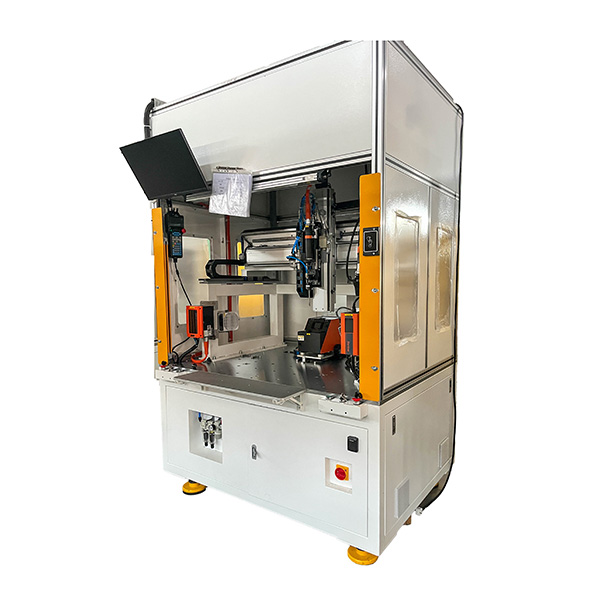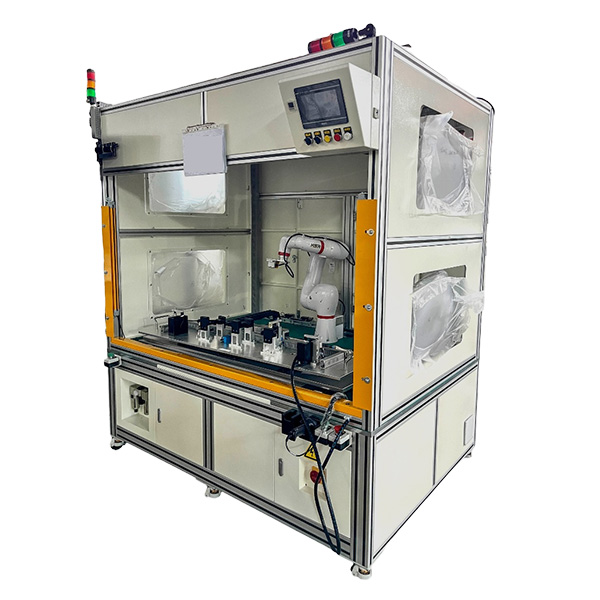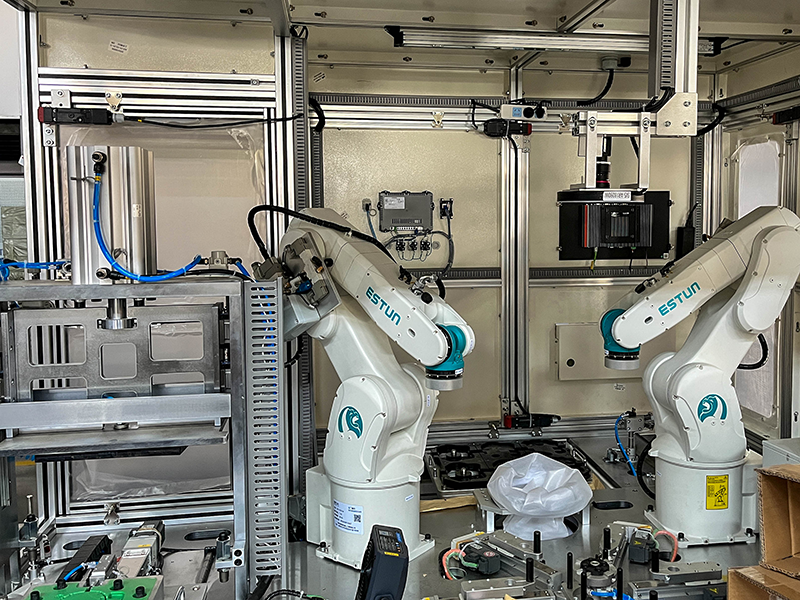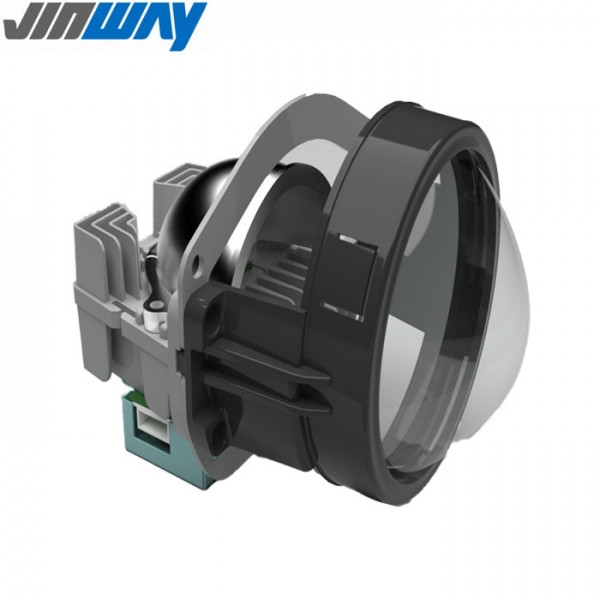Adaptive Manufacturing: How Real-Time Feedback Loops Transform Production Efficiency
In modern manufacturing, speed and precision alone are no longer enough to maintain a competitive advantage. Markets demand rapid product development, shorter delivery times, and absolute consistency in quality. This has led to the rise of adaptive manufacturing, a production philosophy in which machines and systems can respond instantly to variations in materials, processes, and environmental conditions. Unlike traditional automation, which follows fixed instructions, adaptive manufacturing thrives on flexibility and self-correction. At Jinway Technology Co., Ltd., we specialize in designing automation and optical testing solutions with real-time feedback loops at their core, enabling manufacturers to achieve superior efficiency, higher output quality, and reduced operational costs.
Understanding Adaptive Manufacturing
Adaptive manufacturing is an approach where processes are not static but dynamic. Rather than running a program repeatedly without change, the system actively monitors every stage of production, gathering live data from sensors, cameras, and other measurement tools. This information is analyzed instantly, and the system makes adjustments on the fly. For example, in a headlamp assembly line, if the optical test detects that the beam is slightly misaligned, the machine can automatically recalibrate the position before the next unit is tested. This not only ensures quality but also reduces the need for rework and manual intervention.
The Role of Real-Time Feedback Loops
The real-time feedback loop is the heart of adaptive manufacturing. It operates through a continuous cycle of three main steps: measurement, analysis, and correction. Sensors collect data on product dimensions, optical output, temperature, vibration, and other critical variables. This data is processed by advanced control algorithms, which determine if the production is within tolerance. If any deviation is detected—no matter how small—the control system sends precise commands to adjust machinery settings, such as motor positions, light intensity, or inspection parameters. This cycle repeats continuously, sometimes multiple times per second, ensuring that production remains accurate and stable.

How Feedback Loops Reduce Human Intervention
One of the key advantages of real-time feedback systems is the reduction of manual checks and adjustments. In traditional production, operators might need to pause the line to fix an issue, leading to downtime and lost productivity. With adaptive manufacturing, the machine identifies the problem and corrects it immediately without stopping production. This shift frees human operators to focus on higher-level tasks such as overseeing production performance, managing product changeovers, and ensuring compliance with industry regulations.
Benefits for Production Efficiency
The integration of real-time feedback loops leads to several tangible efficiency gains. First, it reduces material waste by preventing defective products from progressing through the production line. Second, it minimizes downtime because the system corrects issues as they occur. Third, it ensures uniformity in product output, which is especially crucial in industries where even minor deviations can result in product failure or safety hazards. Over time, these systems also generate valuable historical data, allowing manufacturers to refine production processes and anticipate potential issues before they impact output.
Application in Optical and Photometric Testing
Optical and photometric testing is one area where adaptive manufacturing delivers exceptional benefits. In industries such as automotive lighting, precision is everything—beam angle, light intensity, and color temperature must meet strict regulatory requirements. A feedback loop can detect subtle changes in lighting performance caused by component variation, temperature shifts, or assembly misalignment. For example, during headlamp testing, if a lamp’s luminous intensity is slightly lower than specified, the feedback loop can trigger adjustments to calibration parameters or assembly alignment before the next unit is tested. This immediate response ensures that every product meets compliance standards before leaving the factory.
Adapting to Different Production Environments
Another strength of adaptive manufacturing is its versatility across diverse production environments. At Jinway, our systems are designed to handle both high-volume, single-product lines and smaller, high-mix operations that require frequent product changes. In electronics manufacturing, adaptive systems compensate for the minute differences in component dimensions or placement. In heavy manufacturing, they adapt to environmental variations like vibration or temperature. Regardless of the setting, the feedback loops are fine-tuned to deliver maximum accuracy and stability under real-world conditions.
Long-Term Reliability and Process Optimization
While adaptive manufacturing improves immediate production quality, its benefits extend well into long-term process optimization. Over months or years of operation, the system collects a vast amount of production data. This historical data is invaluable for identifying recurring trends, determining the root causes of defects, and fine-tuning equipment for better performance. With predictive analytics, it’s possible to forecast equipment wear, schedule maintenance proactively, and avoid unplanned downtime. This not only saves costs but also extends the life of the machinery.

The Future of Adaptive Manufacturing
The next generation of adaptive manufacturing will be powered by AI, machine learning, and digital twin technology. Artificial intelligence will enable feedback loops to become predictive rather than reactive, allowing systems to make adjustments before deviations even occur. Digital twins—virtual models of physical systems—will simulate production changes in real time, enabling engineers to test new processes without interrupting live operations. At Jinway Technology Co., Ltd., we are actively integrating these technologies into our designs to ensure that our clients can stay ahead of future manufacturing challenges.
Conclusion
Adaptive manufacturing represents a significant shift from rigid, pre-programmed automation to intelligent, self-adjusting production systems. Real-time feedback loops are the driving force behind this transformation, enabling faster responses to variation, higher product quality, and more efficient resource usage. By embedding these systems into our automation and optical testing solutions, Jinway Technology Co., Ltd. helps manufacturers reduce costs, minimize waste, and achieve consistent excellence in their products. As the industry moves toward smarter, more connected factories, adaptive manufacturing will be the foundation for meeting both today’s demands and tomorrow’s possibilities.





